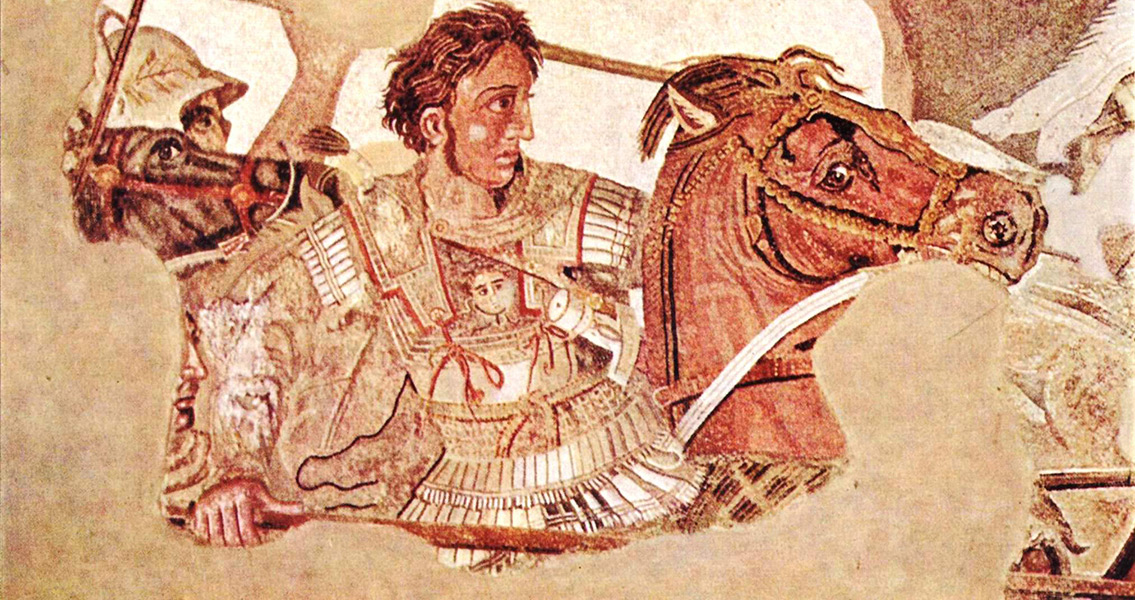<![CDATA[The lavishly decorated tomb in Amphipolis, northern Greece, has revealed several skeletons. Built between 325 and 300 BCE, the Amphipolis burial complex contains the remains of at least five individuals, the Greek Culture Ministry has recently revealed. The announcement has added to the mystery of just who was buried in the largest burial mound yet found in Greece. The tomb at Amphipolis measures 500 metres (about 1,640 feet) in circumference and is dug into a 30-metre hill. Excavations at the site have revealed some particularly striking finds, such as decapitated sphinxes, colossal female sculptures, exceptional floor mosaics and coins featuring the face of Alexander the Great. Three months ago, it appeared the excavation, led by Katerina Peristeri, was reaching its conclusion when a skull and other skeletal remains were discovered in a limestone grave, deep within the tomb. It was speculated that the entombed person was either Alexander the Great's Bactrian wife Roxana, his mother Olympias, or one of his leading generals. What were initially thought to be the remains of just one person however, have now been discovered to be a composition of 550 bones. Of these, 157 are human, belonging to at least five different people, the rest were that of animals, including a horse. The five individuals have been identified as one woman, two men, a newborn baby, and the remains of someone who had been cremated. Most of the human bones belonged to the woman, who was over 60 years old and about 5 feet, 1.5 inches tall. One of the men, aged about 35 when he died, was about 5"5' tall and had cut marks in his left chest. It is highly likely that these cut marks were lethal injuries caused by a sharp object, such as a knife or a sword. The older man, aged about 45 when he died, had evidence of a fully healed fracture to his right radius, close to the wrist. It has been determined that both men had suffered from osteoarthritis, a degenerative joint disease, and spondylitis, an inflammation of the vertebra. Researchers have not been able to determine the sex of the newborn infant. They have also been unable to establish the sex of the cremated individual, although tests on the burnt remains have revealed that they were from an adult. The Ministry of Culture has refrained from speculating as to who the five individuals might be; instead emphasising that further analysis still needs to be done before any identities can be confirmed. It is possible that, as both men suffered from spondylitis, they were related. "Part of the investigation will look into a possible blood relationship," the ministry said. Sadly, excavations did not unearth any teeth or cranial parts, which could have been used to ascertain the DNA of ancient bones. As a result, successful identification may prove elusive. What is clear is that the Amphipolis tomb is one of the most exciting archaeological discoveries in recent years. It is the largest and most lavishly decorated burial complex found from the time period and exceptional archaeological finds have been made at the site. The mystery of why the tomb was constructed, and who is interred there, will continue to fascinate researchers at the site and the world over. ]]>
Mysterious Amphipolis Tomb Held Five Corpses
